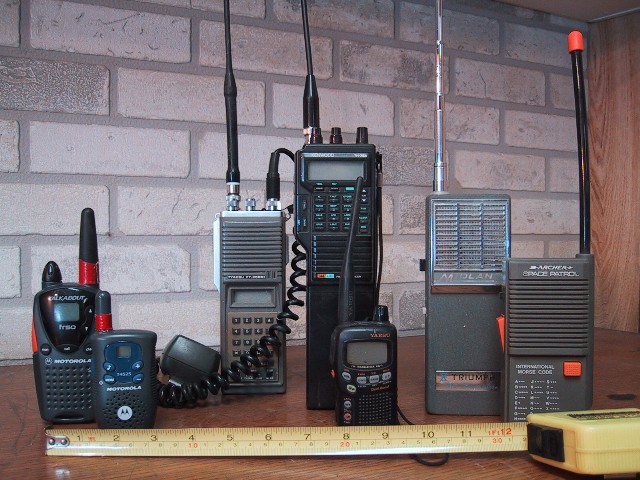|
تضامنًا مع حق الشعب الفلسطيني |
ملف:Recreational Walkie Talkies.jpg
اذهب إلى التنقل
اذهب إلى البحث
Recreational_Walkie_Talkies.jpg (640 × 480 بكسل حجم الملف: 105 كيلوبايت، نوع MIME: image/jpeg)
تاريخ الملف
اضغط على زمن/تاريخ لرؤية الملف كما بدا في هذا الزمن.
| زمن/تاريخ | صورة مصغرة | الأبعاد | مستخدم | تعليق | |
|---|---|---|---|---|---|
| حالي | 02:37، 20 يناير 2012 |  | 640 × 480 (105 كيلوبايت) | commonswiki>File Upload Bot (Magnus Manske) | {{BotMoveToCommons|en.wikipedia|year={{subst:CURRENTYEAR}}|month={{subst:CURRENTMONTHNAME}}|day={{subst:CURRENTDAY}}}} {{Information |Description={{en|'''Recreational walkie-talkies.''' From the left: two different models of personal two-way radios by |
استخدام الملف
ال1 ملف التالي مكررات لهذا الملف (المزيد من التفاصيل):
- ملف:Recreational Walkie Talkies.jpg من ويكيميديا كومنز
الصفحة التالية تستخدم هذا الملف:
